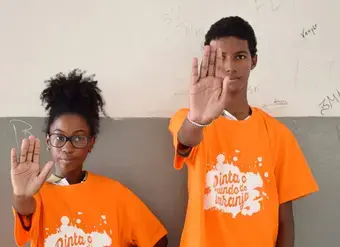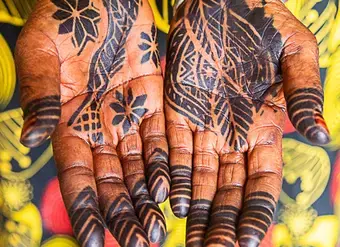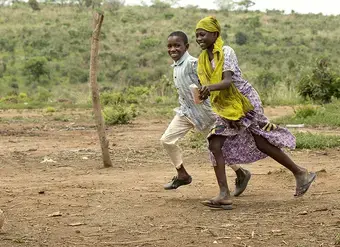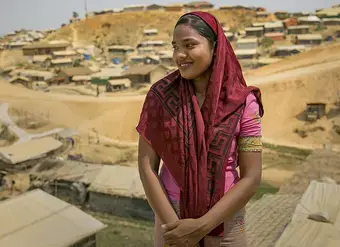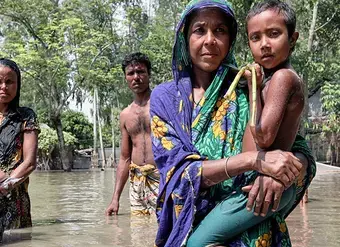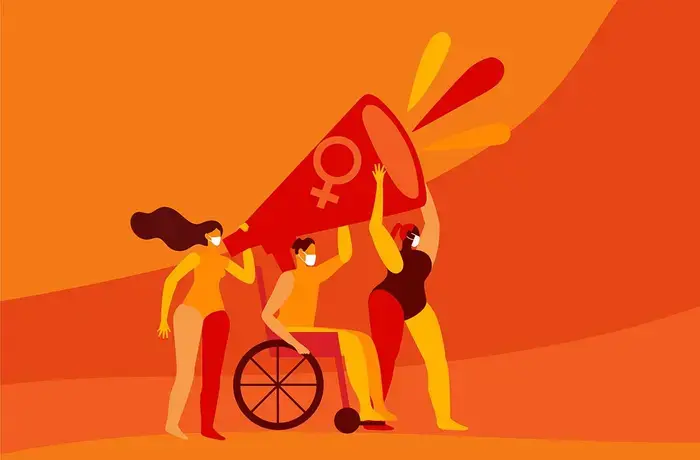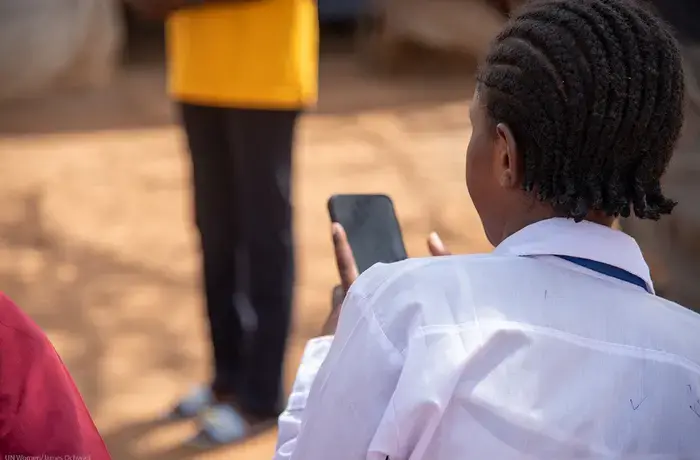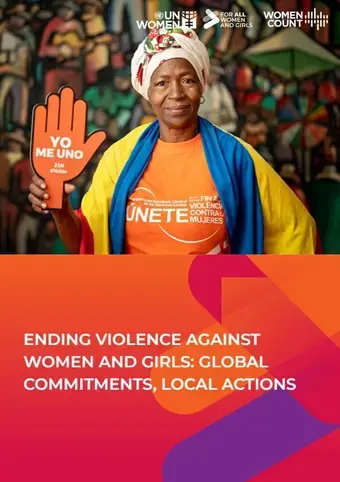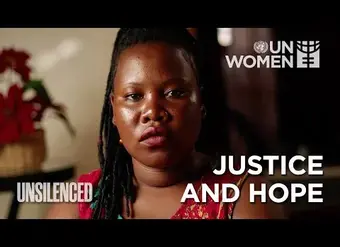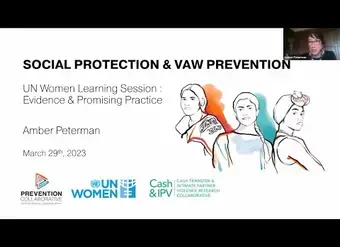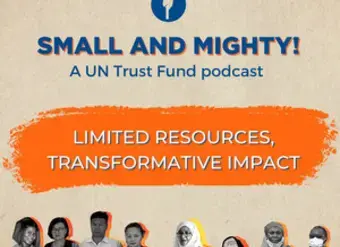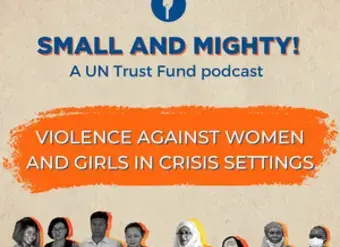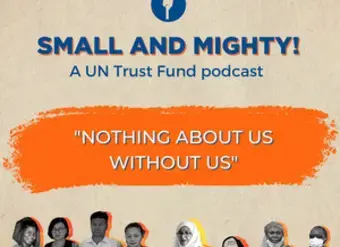Violence against women and girls is one of the most pervasive human rights violations worldwide. It has enormous costs for the health, safety, and well-being of women and girls, families, communities, and societies. Given the alarming global prevalence and negative consequences of gender-based violence, preventing it before it starts is essential.
In recent decades, there has been a significant increase in violence prevention initiatives and research to understand what works to reduce this type of violence. These insights have demonstrated that violence against women and girls is preventable through efforts that address its root causes and risk factors.
Prevention
Preventing violence means stopping violence before it starts or reducing the frequency and severity of future episodes of violence where it previously occurred. Initiatives can target entire populations, communities, or groups regardless of whether participants have experienced or used violence. Prevention efforts can also be more focused by targeting specific groups or individuals considered to be at a higher risk of violence, (e.g. families under stress and/or with mental health and substance use problems) or individuals or families already experiencing violence.
Response
Response is about providing support and services to individuals who have experienced violence. Response also entails improving the ability of institutions to deliver relevant and timely services and ensure accountability. Response services are critical, but the current high levels of violence cannot be reduced by supporting one survivor of violence at a time. Prevention is still the most cost-effective, long-term way to stop violence.

